We all approach the new gardening season with enthusiasm and optimism. Then the rain come down hard and pelts your new plants into the ground, the nights turn cold again and some of the plants in your garden aren’t so happy anymore. That’s when you need some tried and true plants to star in your landscape no matter what Mother Nature throws at you.
I’m often asked to give suggestions for resilient plants for a problem spot. These plants may have beautiful foliage, bark and texture, too, and serve two purposes in the garden. They may have flowers for some of the year to provide nectar for butterflies and hummingbirds or berries to feed wildlife. Most of all they are easy to care for and trouble free.
Snowberry gets an A+ for all of these qualities. A California native of shaded, mixed evergreen and oak woodlands, this 3-6 ft shrub thrives in a variety of locations including the dry shade under large trees like oaks. It tolerates poor soil and neglect and will grow well in full shade but blooms better and produces more berries if it gets some sun. Clusters of pure white berries appear in 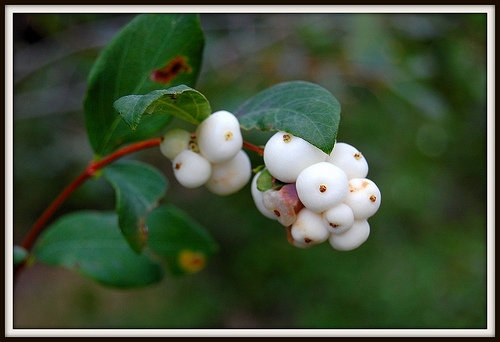 late summer and early fall and last through much of the winter. In late spring or early summer, its pretty blue-green leaves provide a nice contrast to the tiny pink flowers which hummingbirds love. Bees produce a white honey from their nectar rich pollen.
late summer and early fall and last through much of the winter. In late spring or early summer, its pretty blue-green leaves provide a nice contrast to the tiny pink flowers which hummingbirds love. Bees produce a white honey from their nectar rich pollen.
They can be pruned as a nice hedge providing twiggy, dense shelter for wildlife.Because of their vigorous root system, they are useful to stabilize banks and slopes. Maintenance is easy- simply prune away some of the suckers every few years to keep it in check. If it gets too tall, shear it back in late winter to keep compact. The berries are not the first choice for most birds but thrushes will eat them if there isn’t anything else available. Other wildlife will eat the berries, too.
Lewis and Clark collected this plant and brought it back to Thomas Jefferson. It was sent to England in 1817 and became a popular garden novelty among plant collectors there.
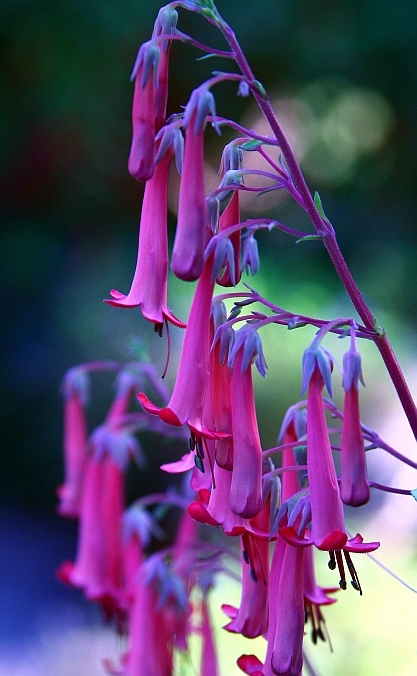
If showy flowers are what you’re looking for in a specific spot, the perennial Phygelius would make a nice addition to your garden. This large 3-4 ft plant blooms from early spring into fall and you can grow them in full sun or light shade. Related to snapdragons and penstemon, the flowers also suggest fuchsias which is where they get their common name, Cape Fuchsia. Coral Princess is one of my favorites with lots of tubular, soft salmon and yellow flowers which attract hummingbirds.
In the same bed you might plant a few to fill and and add a nice contrast at the base of the Cape Fuchsias. This bright bluish-pink true geranium groundcover grows 8" tall and spreads slowly but widely. Easy to care for true geraniums are hardy in the winter, need just average watering and can be sheared each fall for fresh spring flowers.

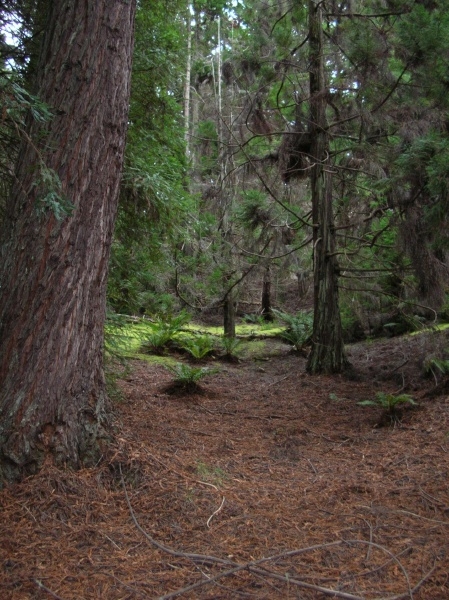 . A sign there said they were grown for commercial reasons in Hawaii. So now that I’m here on the island of Maui I just had to see them for myself.
. A sign there said they were grown for commercial reasons in Hawaii. So now that I’m here on the island of Maui I just had to see them for myself.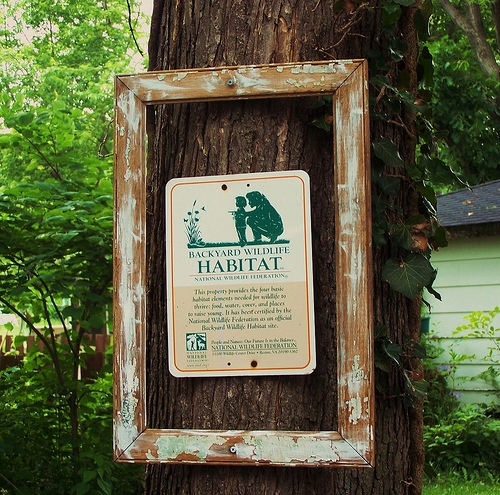
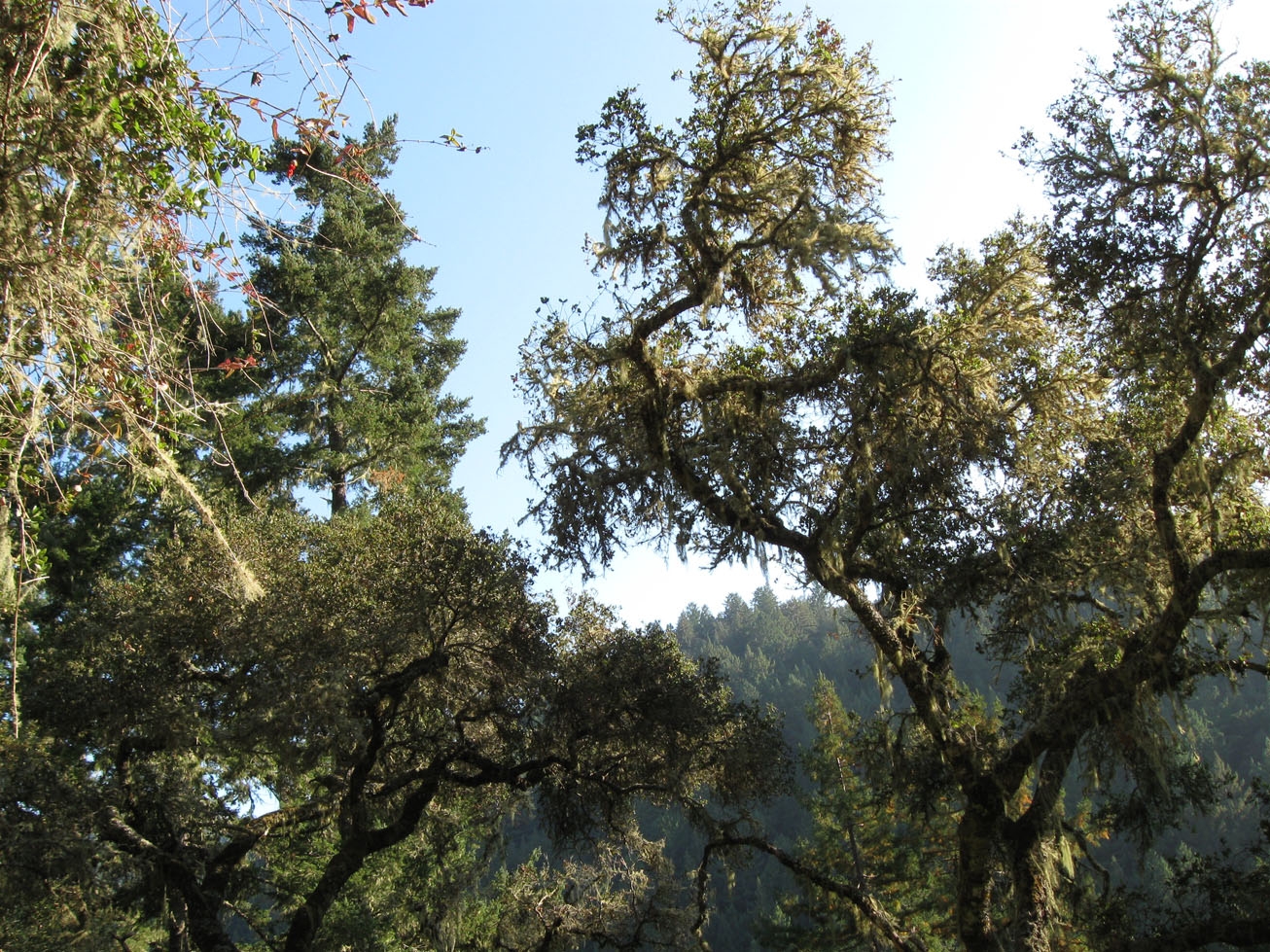 . Equatorial water is averaging one degree warmer so far this fall and should continue to warm. If it averages 2.5 degrees warmer, that’s a moderate El NIno. If it goes higher that would be considered a strong El Nino. During the biggest El Nino winters in 1997-’98 and also in 1982-’83, Pacific waters reached nearly 5 degrees warmer. The winter of 1997 brought nearly 90" of rain to Boulder Creek and in 1982 we had 111" of rain. Interesting to note, however, that the strong El Nino of 1991 only brought 46" of rain to our area.
. Equatorial water is averaging one degree warmer so far this fall and should continue to warm. If it averages 2.5 degrees warmer, that’s a moderate El NIno. If it goes higher that would be considered a strong El Nino. During the biggest El Nino winters in 1997-’98 and also in 1982-’83, Pacific waters reached nearly 5 degrees warmer. The winter of 1997 brought nearly 90" of rain to Boulder Creek and in 1982 we had 111" of rain. Interesting to note, however, that the strong El Nino of 1991 only brought 46" of rain to our area.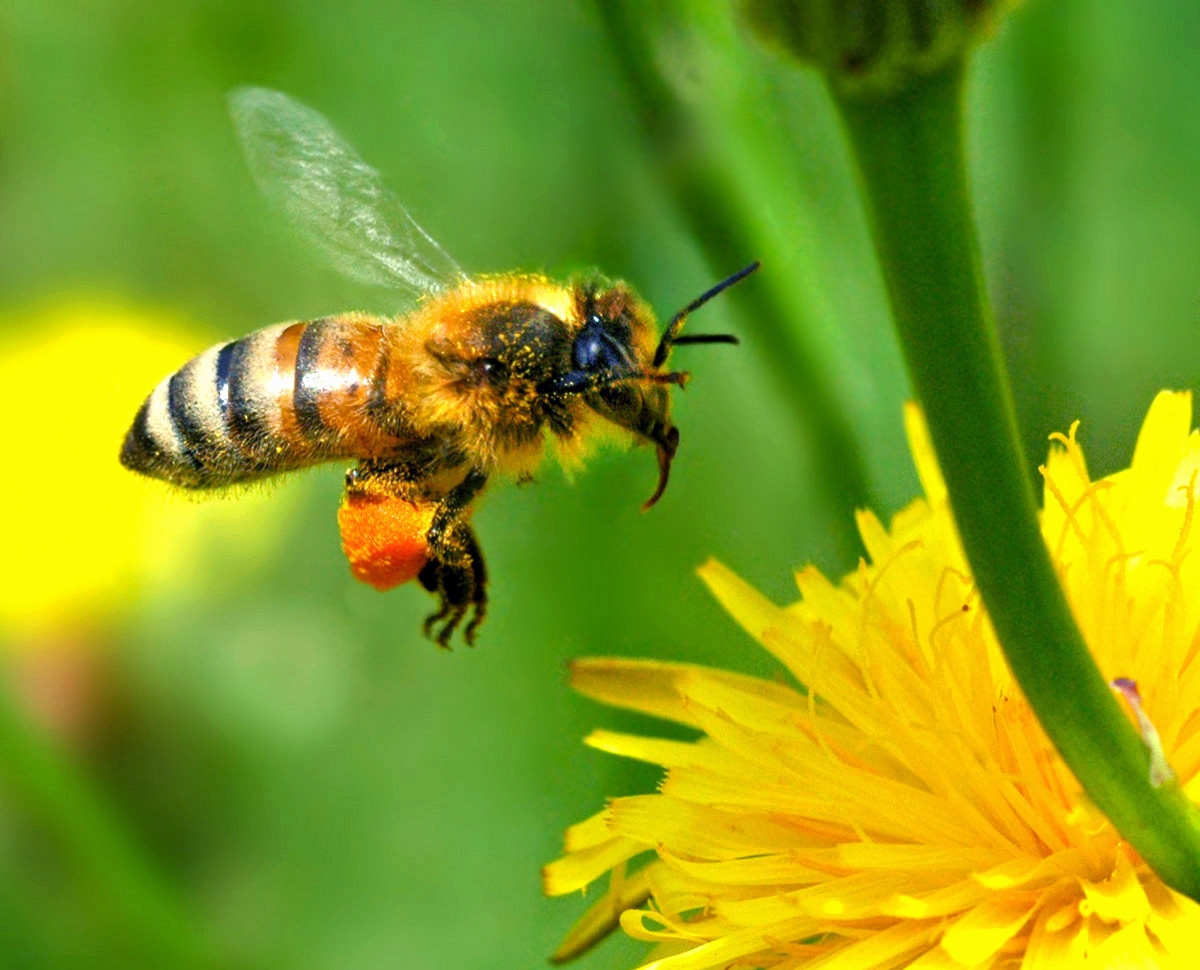 , through the whole growing season. Choose several colors and shapes of flowers, plant flowers in clumps and plant where bees will visit- in sunny spots sheltered from strong winds.
, through the whole growing season. Choose several colors and shapes of flowers, plant flowers in clumps and plant where bees will visit- in sunny spots sheltered from strong winds. 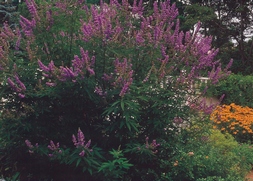 Vitex agnus-caste. This large shrub can be trained as a multi-stemmed small shade tree if you like. Fragrant lavender-blue flower spikes cover this plant summer to fall. Even the leaves are aromatic with handsome lacy, fanlike leaflets. Vitex thrives in heat with moderate water and is deer resistant.
Vitex agnus-caste. This large shrub can be trained as a multi-stemmed small shade tree if you like. Fragrant lavender-blue flower spikes cover this plant summer to fall. Even the leaves are aromatic with handsome lacy, fanlike leaflets. Vitex thrives in heat with moderate water and is deer resistant.